
Launch party for Princess Nokia’s new album ‘1992’.
Free shuttle to and from the show! Check www.knockdown.info for live updates.
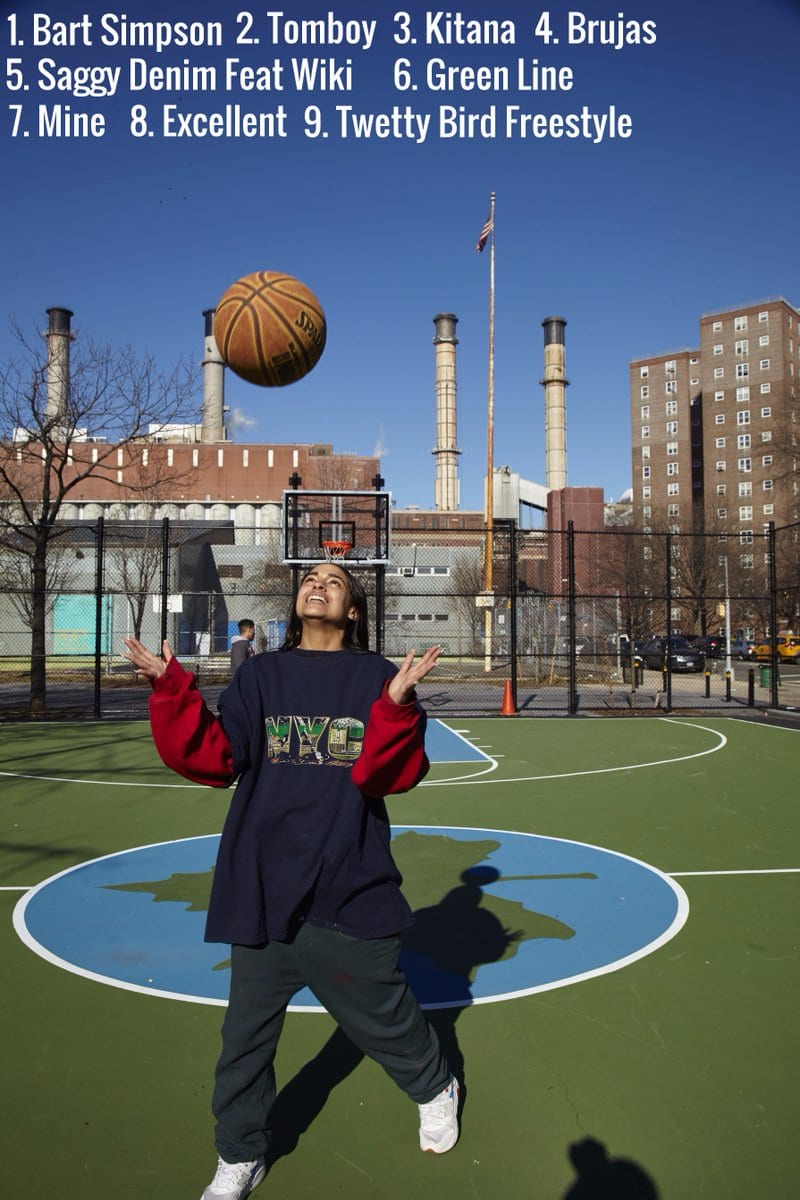

Launch party for Princess Nokia’s new album ‘1992’.
Free shuttle to and from the show! Check www.knockdown.info for live updates.

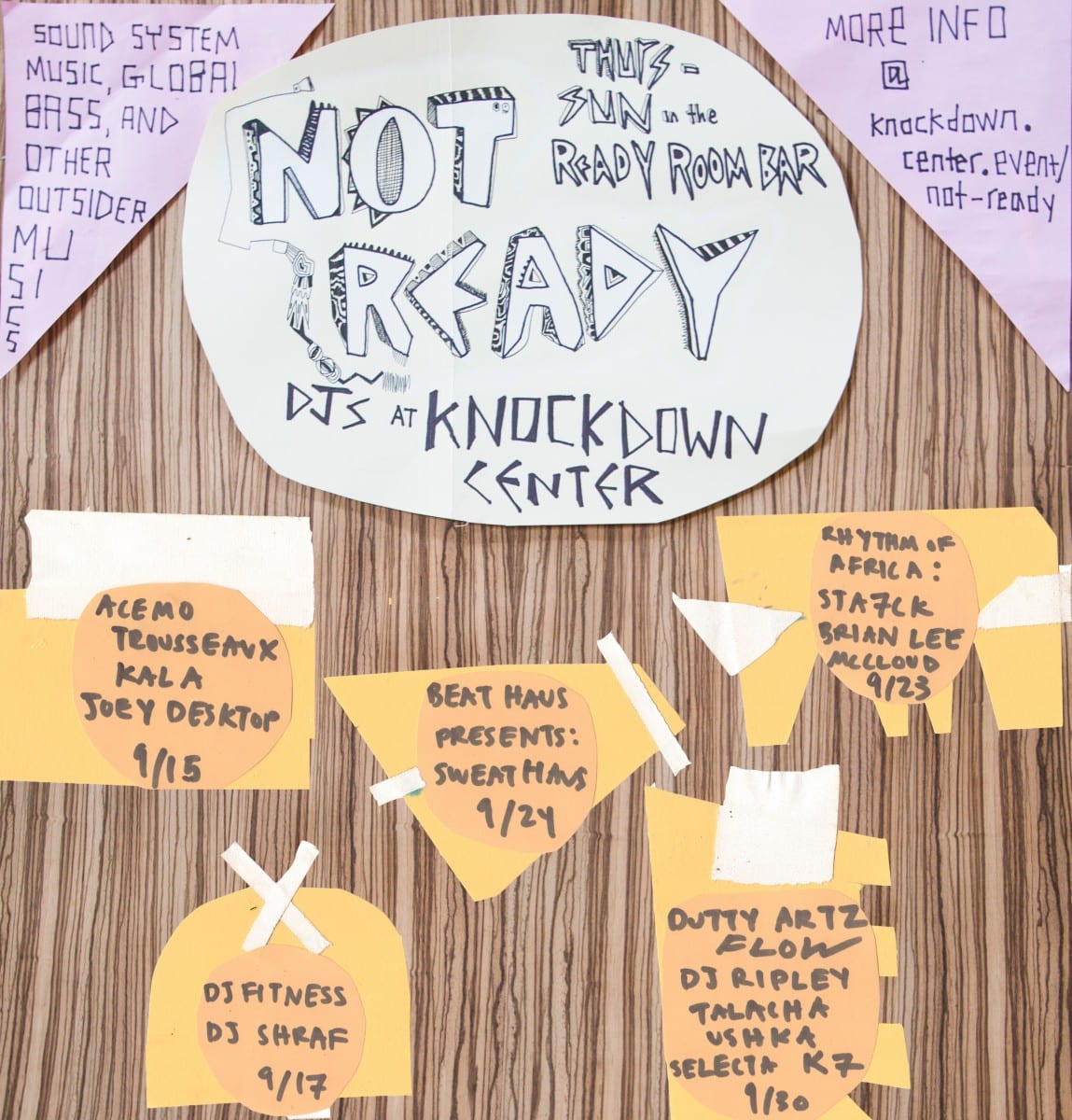
Knockdown Center presents a series of DJs nights in the Ready Room bar. Thursdays, Fridays, and Saturdays throughout September!
MORE DETAILS TO BE ANNOUNCED!
Thursday 9/1, 8pm – 12am:
Debit, Don de Vore, Michael Beharie, Joey Desktop
Friday 9/2, 9pm – 2am:
Tryna Function Social Club hosted by Dillon Sachs with Ezra Marcus, Walter Pearce, Curtis Pawley, KJ Rothweiler, Tom Keelan
Saturday 9/3, 8pm – 2am:
Fake Accent presents Rude Gyal (MAMI closing!)
Thursday 9/8, 9pm – 12am:
opening party for Cold Open Verse, DJ Scott Kiernan
Friday 9/9, 9:30pm – 2am:
L O U N G I N hosted by Jordan Pike with Macy Rodman and Image Man
Saturday 9/10, 10pm – 2am:
DJ Lewd, DJ KYK, DJ Fitness
Thursday 9/15, 8pm – 12am:
AceMo, Trousseaux, Kala, Joey Desktop
Friday 9/16, 9pm – 12am:
Cold Open Verse afterparty DJ Drift Raft
Saturday 9/17. 10pm – 2am:
DJ Fitness, DJ SHRAF
Friday 9/23, 10pm – 2am:
Rhythm of Afrika: STA7CK & Brian Lee MccLoud
Saturday 9/24, 9pm – 2am:
Fresh Daily & Friends present Oh, Ok, It’s Lit!
Thurssday 9/29, 9pm – 12am:
Northern Spy presents Elder Ones with Evans/Lorenzo
Friday 9/30, 9:30pm – 2am:
Dutty Artz presents FLOW with DJ Ripley, Talacha, Ushka, Selecta K7
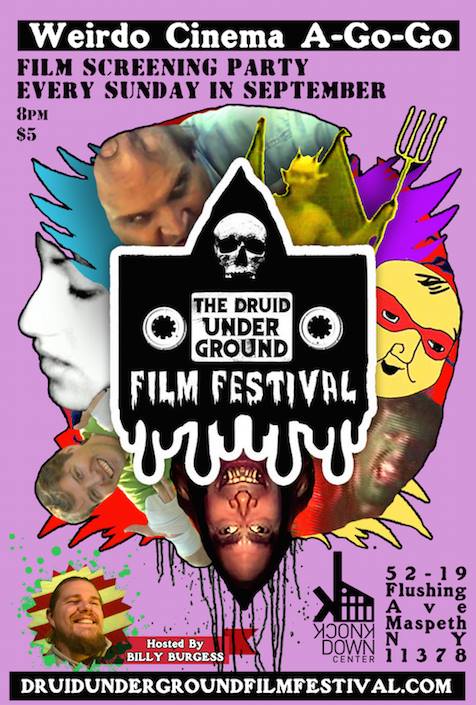
Psychotronic screening residency by the Druid Underground Film Festival (DUFF) continues… every Sunday in September. During and after the screenings in the Ready Room Bar, DJ Drew Redmond and his special guests spin 1950s and ‘60s rockabilly, rhythm and blues, soul, exotica, whacked out instrumentals, novelty records and more on vintage 45s.
September 4: MOTORCYCLE MAYHEM DOUBLE FEATURE:
The Undertaker and His Pals (196?)
A macabre story of two motorcycle-riding, knife-wielding, shiv-shaving, eye-gouging, arm-twisting, chain-lashing, scalpel-flashing, acid-throwing, gun-shooting, bone-breaking, pathological nuts and their pal the undertaker.
Road of Death (1973)
Sleazy swingers, marauding motorheads, and so many continuity errors that to make a drinking game out of it would mean an almost certain death. This shot-in-Florida biker revenge epic starring Thora Birch’s porn star parents is “so cheap and sleazy and amazingly godawful that it’s a sick delight from beginning to end” – Luther Heggs, SWV
Sept 11: WTF NYC HORROR DOUBLE FEATURE:
The Toxic Retards (2015)
Carl J Sukenick has been making horror movies in his NYC apartment for the last 30 years. As a filmmaker he uses the medium of horror as a means of therapy to navigate his mental illness. The Toxic Retards is the penultimate example of every idiosyncratic technique Sukenick has developed in his career. Groundbreaking, spellbinding and horrifying.
Confessions of a Psycho Cat (1968)
A wealthy, psychotic seductress invites three notorious tough-as-nails men (including actual boxing legend Jake La Motta) to her swanky trophy room saying she’ll give them each $100,000 “if you can stay alive in Manhattan for 24 hours!” Thus begins an epically sleazy play on The Most Dangerous Game. A true NYC horror oddity and the wildest murder scene ever shot in the middle of Central Park.
Sept 18: ANIMATION ASSAULT DOUBLE FEATURE:
Best of Druid Underground Film Festival Animation Showcase
International animated shorts culled from the screening archives of the Druid Underground Film Festival. The VERY BEST of over A DECADE of rowdy, subversive programming screened on tour across the USA and compiled here for the first time ever!
Bruce Bickford’s CAS’L (2015)
Shot over a 20 year span, CAS’L is Bruce Bickford’s first all-claymation short feature. Bickford talks about his bizarre, technical, horrifying stream-of-consciousness film in the following description: “Mercenaries and other obnoxious brutes are trying to muscle in on the CAS’L’ area. They’re looking for trouble and find it. Stray energies in the area morph them into grotesque bulbous heads. The conquistadors and barbarians of the castle are smoking the wrong brand of cigarettes that cause them to commit random violence, even against each other. Some little people and fairy folk defeat many of them.”
Sept 25: 9th ANNUAL DRUID UNDERGROUND FILM FESTIVAL:
Found Footage Assault Vol 4
A hardcore, one-hour mega-mash up hell-ride of absurd footage sourced from VHS tapes of homemade music videos, methenamine fueled biker rallys, twisted political propaganda, horrifying party videos and much much more! Get yourself a piece as American redneck culture is sliced open for all to see like a giant, horrifying cake.
Best of DUFF Shorts Program
A break-neck barrage of rowdy short films celebrating the best in absurd, creative and ecstatic cinema both on and off today’s underground film radar. A spectacle unlike any other, Druid Underground champions subversive techniques that advance the language of cinema, challenge pre-conceived notions of underground art and simultaneously blow your mind out of your skull. Animation, experimental, performance art and MORE!!!
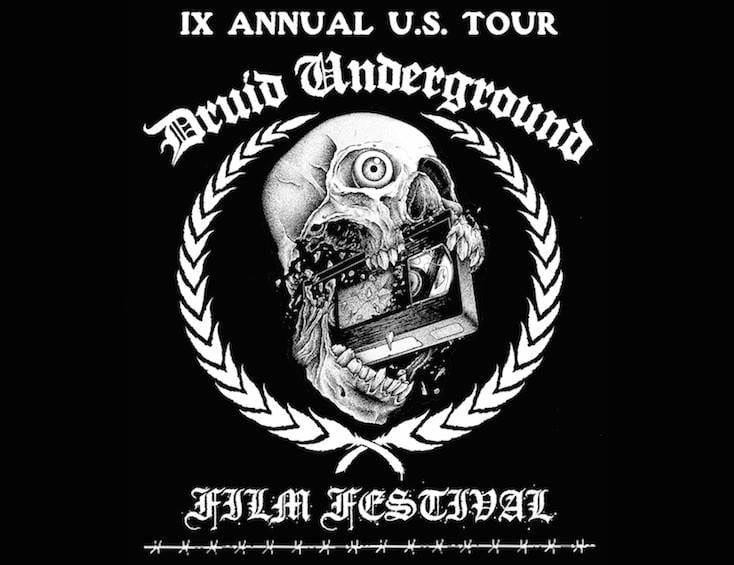
The final installment of Horror Sundays with Billy Burgess’ Druid Underground!
Found Footage Assault Vol 4
A hardcore, one-hour mega-mash up hell-ride of absurd footage sourced from VHS tapes of homemade music videos, methenamine fueled biker rallys, twisted political propaganda, horrifying party videos and much much more! Get yourself a piece as American redneck culture is sliced open for all to see like a giant, horrifying cake.
Shorts Program
A break-neck barrage of rowdy short films celebrating the best in absurd, creative and ecstatic cinema both on and off today’s underground film radar. A spectacle unlike any other, Druid Underground champions subversive techniques that advance the language of cinema, challenge pre-conceived notions of underground art and simultaneously blow your mind out of your skull. Animation, experimental, performance art and MORE!!!
FREE RAFFLE ticket for first 100 ticket holders
DJ Drew Redmond and his guest of the week will be spinning wild ass bizarro rock 45s before and after the screenings!
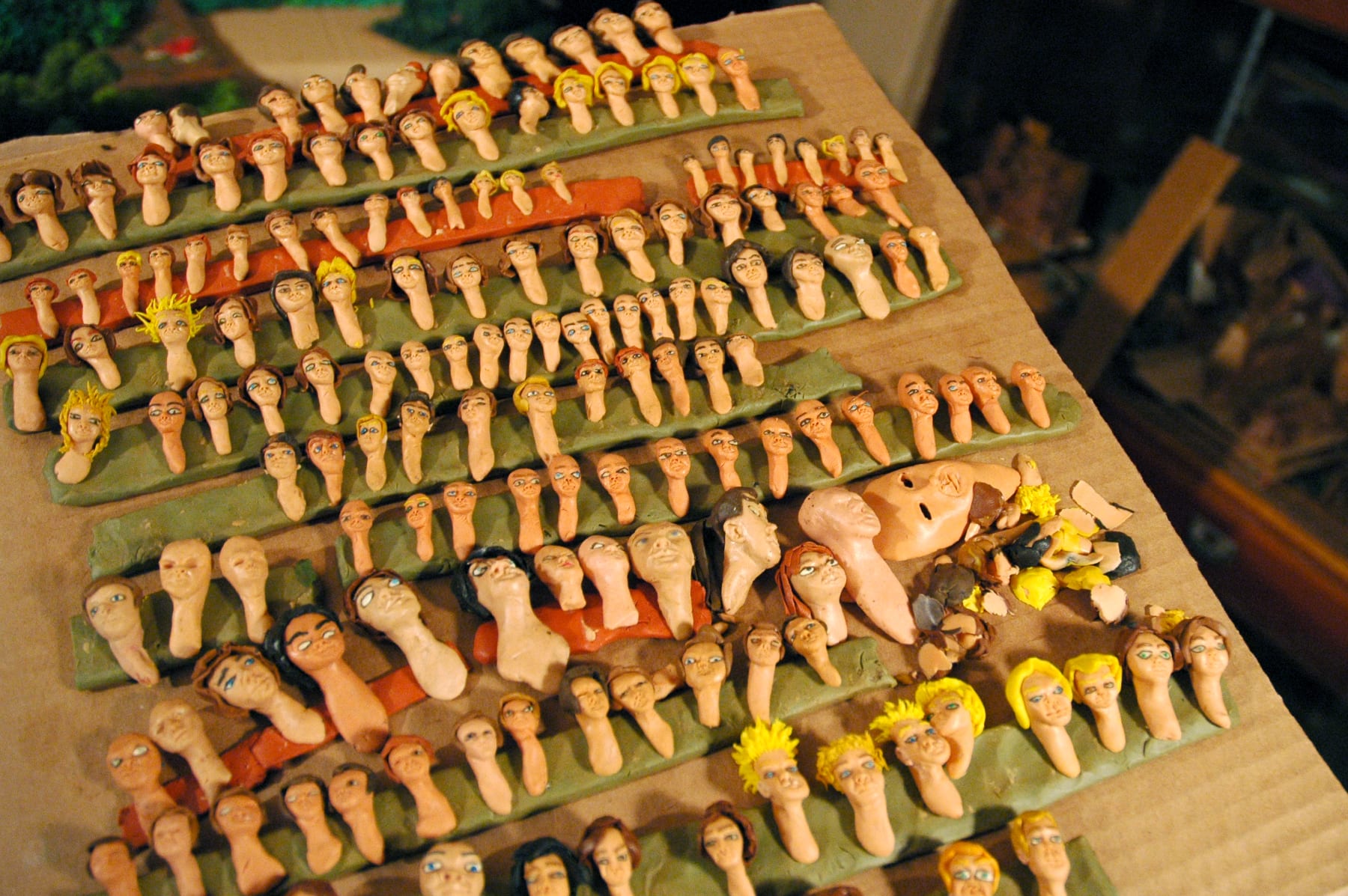
Horror Sundays continues with Best of Druid Underground Film Festival Animation Showcase
International animated shorts culled from the screening archives of the Druid Underground Film Festival. The VERY BEST of over A DECADE of rowdy, subversive programming screened on tour across the USA and compiled here for the first time ever!
Bruce Bickford’s CAS’L (2015)
Shot over a 20 year span, CAS’L is Bruce Bickford’s first all-claymation short feature. Bickford talks about his bizarre, technical, horrifying stream-of-consciousness film in the following description: “Mercenaries and other obnoxious brutes are trying to muscle in on the CAS’L’ area. They’re looking for trouble and find it. Stray energies in the area morph them into grotesque bulbous heads. The conquistadors and barbarians of the castle are smoking the wrong brand of cigarettes that cause them to commit random violence, even against each other. Some little people and fairy folk defeat many of them.”
DJ Drew Redmond and his guest of the week will be spinning wild ass bizarro rock 45s before and after the screenings!
NEXT WEEK: the final week of Druid Underground’s film residency!
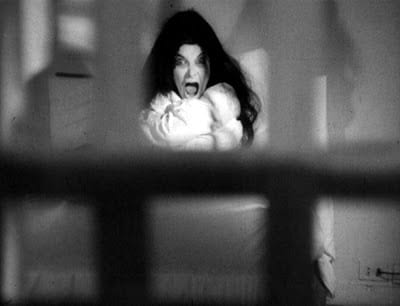
From 1968 to 2015, two weirdo horror films created and set in New York…. Toast our city’s infinite variety and wild spirit following Bushwig festival of drag. Films provided by Horror Boobs and Something Weird Video. Presented by Druid Underground Film Festival for the Horror Sundays series.
The Toxic Retards (2015)
Carl J Sukenick has been making horror movies in his NYC apartment for the last 30 years. As a filmmaker he uses the medium of horror as a means of therapy to navigate his mental illness. The Toxic Retards is the penultimate example of every idiosyncratic technique Sukenick has developed in his career. Groundbreaking, spellbinding and horrifying.
Confessions of a Psycho Cat (1968)
A wealthy, psychotic seductress invites three notorious tough-as-nails men (including actual boxing legend Jake La Motta) to her swanky trophy room saying she’ll give them each $100,000 “if you can stay alive in Manhattan for 24 hours!” Thus begins an epically sleazy play on The Most Dangerous Game. A true NYC horror oddity and the wildest murder scene ever shot in the middle of Central Park.
DJ Drew Redmond and his guest of the week will be spinning wild ass bizarro rock 45s before and after the screenings!

with Druid Underground Film Festival Horror Sundays series:
Undertaker and His Pals (1966)
A macabre story of two motorcycle-riding, knife-wielding, shiv-shaving, eye-gouging, arm-twisting, chain-lashing, scalpel-flashing, acid-throwing, gun-shooting, bone-breaking, pathological nuts and their pal the undertaker.
Road of Death (1973)
Sleazy swingers, marauding motorheads, and so many continuity errors that to make a drinking game out of it would mean an almost certain death. This shot-in-Florida biker revenge epic starring Thora Birch’s porn star parents is “so cheap and sleazy and amazingly godawful that it’s a sick delight from beginning to end” – Luther Heggs, SWV
All films provided by Something Weird Video